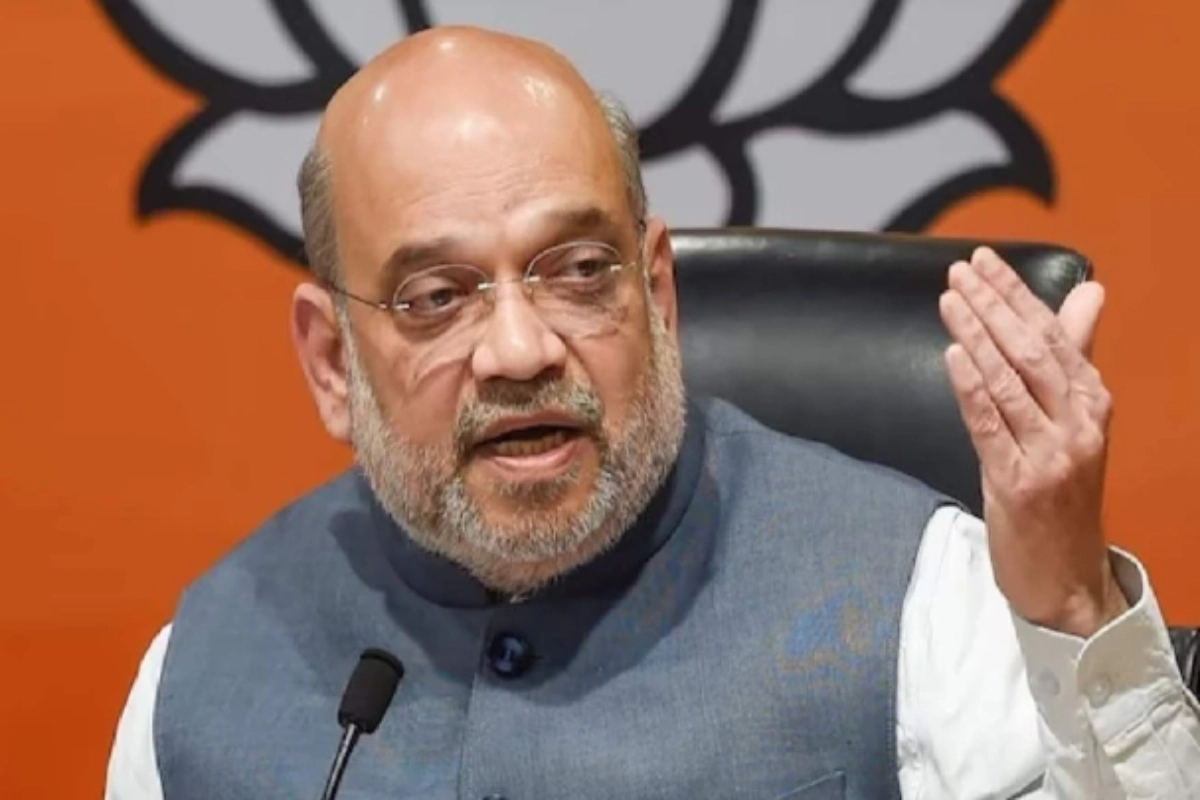Amit Shah: Union Home Minister Amit Shah, responding to the tragic landslides in the Wayanad district of Kerala, which have now caused nearly 200 deaths, while speaking on it in the Parliament recently, said that his message was to clarify the role of the government and its response against the disaster as advanced warnings had been given to the Kerala government.
Centre Alerts Kerala About Landslides on July 23
Shah said the Centre had issued early warnings to the State government on 23 July, a full week before the landslides. Clarifying the warnings issued were not confined to a single day, he said the warnings continued on 24 and 25 July with clear alerts on the possibility of heavy rainfall and landslides. The final warning was issued on 26 July that rainfall would be more than 20 centimeters with the possibility of mudflows and risk to lives.
Shah took the chance to console families of those who lost their loved ones during the catastrophe but at the same time tried to protect the effectiveness of the had been effected and how it had been effected. Shah also attacked the state government on how they handled the warnings raised by the authorities by questioning what type of precautions were taken into consideration for the safety of the people staying there. “My condolences to the bereaved families.I want to clarify something for the country.They kept on talking about early warning.”. “I want to clarify that on July 23, the government of India issued an early warning to the government of Kerala, which was 7 days prior to the incident,” Shah said.
Nine NDRF Teams Deployed to Kerala Following Early Warnings
The home minister also highlighted how the Centre had responded proactively by sending out nine teams from the National Disaster Response Force to Kerala following the first warnings. Shah said this was part of the early warning system that the central government has been heavily investing in. “Under this early warning system, on July 23, at my direction, 9 NDRF teams were sent to Kerala considering that there could be landslides,” he said.
Shah noted that the government’s expenditure under the huge financial commitment in early warning infrastructure began in 2014 and that the total expenditure before today was over 2000 crores of rupees. Further, he pointed out that though India’s early warning system was initiated in the year 2016, it was capable of predicting weather events seven days in advance and brought at par with the best in the world by 2023.
Addressing Concerns About Early Warning Effectiveness
The purpose of the comments made by the minister is to address the various concerns and criticisms regarding the effectiveness of the early warning adopted by the local authorities for preparedness. Shah’s clarification also aims to clarify that the onus of the aftermath of this disaster does not lie solely on the central government but with the state authorities who passed on these warnings and had a role in disaster management.
As the situation unfolds, there are demands for an inquiry into the handing of the early warnings and the state’s response to disaster. The incidents in Wayanad have yet again brought to the table the urgent need to work on disaster preparedness and the response strategies that could be further fine-tuned so that the central and state governments are put in a better position to ensure minimum causalities in natural disasters.











